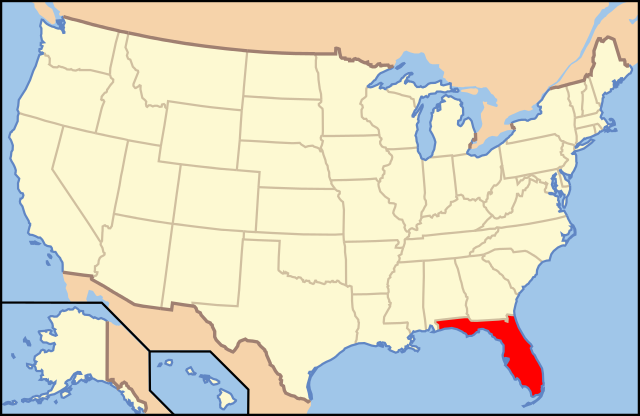
Whether or not children ask for help in class may have a lot to do with their parents' social class, according to a new study from Indiana University.
The study, to be published in the American Sociological Review in October, followed students at a large public elementary school for three years, third through fifth grade. Jessica McCrory Calarco, an assistant professor of sociology at Indiana University Bloomington, sat in classrooms, analyzed student records and conducted extensive interviews with the children, their parents and their teachers. She looked at the kids' behavior in the classroom and their parents' socioeconomic status and expectations for their offspring.
What she found was that middle-class parents were more likely to coach their children to assert themselves in class. They were also more likely to get involved in classroom problems. Working-class parents, on the other hand, were less likely to encourage their children to ask questions and more likely to emphasize obedience and deference to teachers.
And the kids tended to behave accordingly.
"The biggest differences I observed in terms of classroom behavior was in terms of how [children] solved questions," Calarco told The Huffington Post. "Middle-class kids asked for help and advocated for themselves. ... Working-class kids were more reluctant to acknowledge when they were struggling."
In the long run, Calarco suggested, the middle-class strategy may benefit students more. She noted, however, that the teachers saw benefits to both approaches.
"Teachers perceived [middle-class students] as precocious and outgoing," Calarco said, but also viewed them as somewhat frustrating to work with and lacking in problem-solving skills. "They would describe the middle-class kids as more demanding and more needy," she added.
The teachers saw the working-class students as having better problem-solving skills. "They would describe the working-class kids as more polite and more hardworking," said Calarco.
The categories of middle class and working class were determined by the parents' educational and occupational status, according to Calarco's soon-to-be-published report. Middle-class students had at least one parent with a four-year college degree and at least one parent with a professional or managerial job. Working-class students typically had parents with high-school degrees who held blue-collar or service jobs.
In addition, "to avoid conflating race and class," the study focused in on the white students. The report explains that the minority population at the school was "small and stratified."
Calarco's study also delved into why parents from varying social backgrounds may take different approaches to school.
"Given their educational and occupational attainment, middle-class parents appeared to perceive themselves as equal or greater in status relative to children's teachers," the report says. "As a result, they were very comfortable intervening and questioning teachers' judgments regarding classroom assignments."
Working-class parents, according to the report, thought that teachers might view requests for help as disrespectful and assumed that the school knew best, even if their children were struggling academically.
After three years of watching elementary school kids, Calarco has concluded that if some children won't speak up, the teachers need to reach out.
"If they just made themselves more available, made clear they weren't going to get mad or angry if [the students] asked for help ... that made it much more comfortable for working-class students to ask for help," she said.
